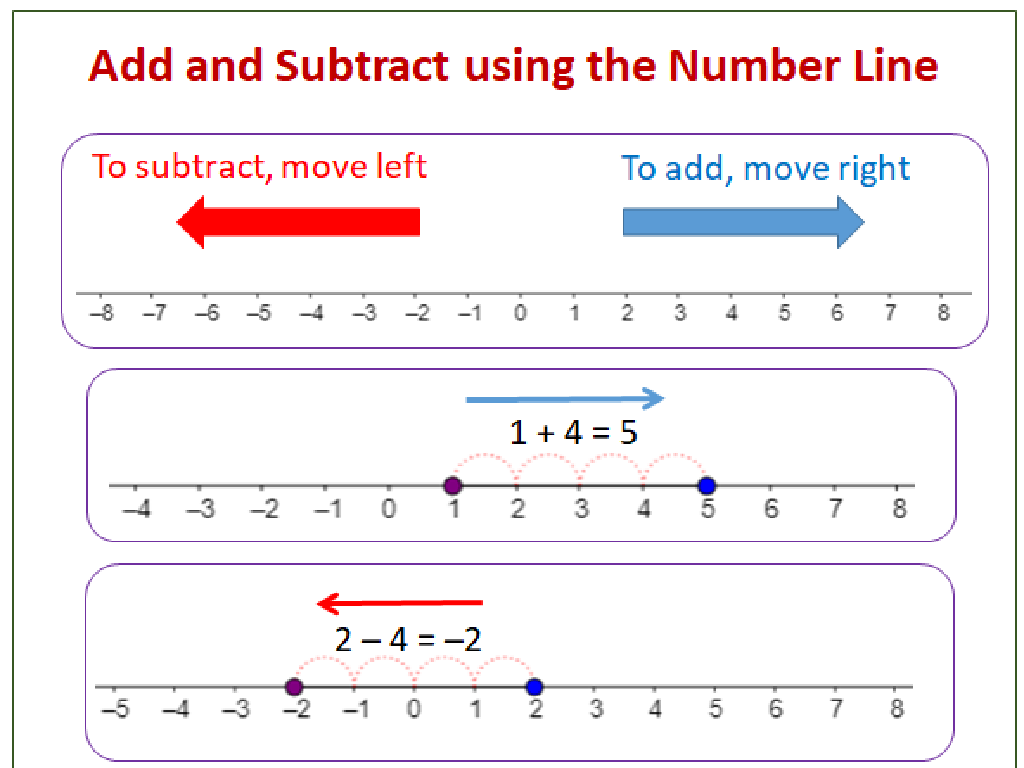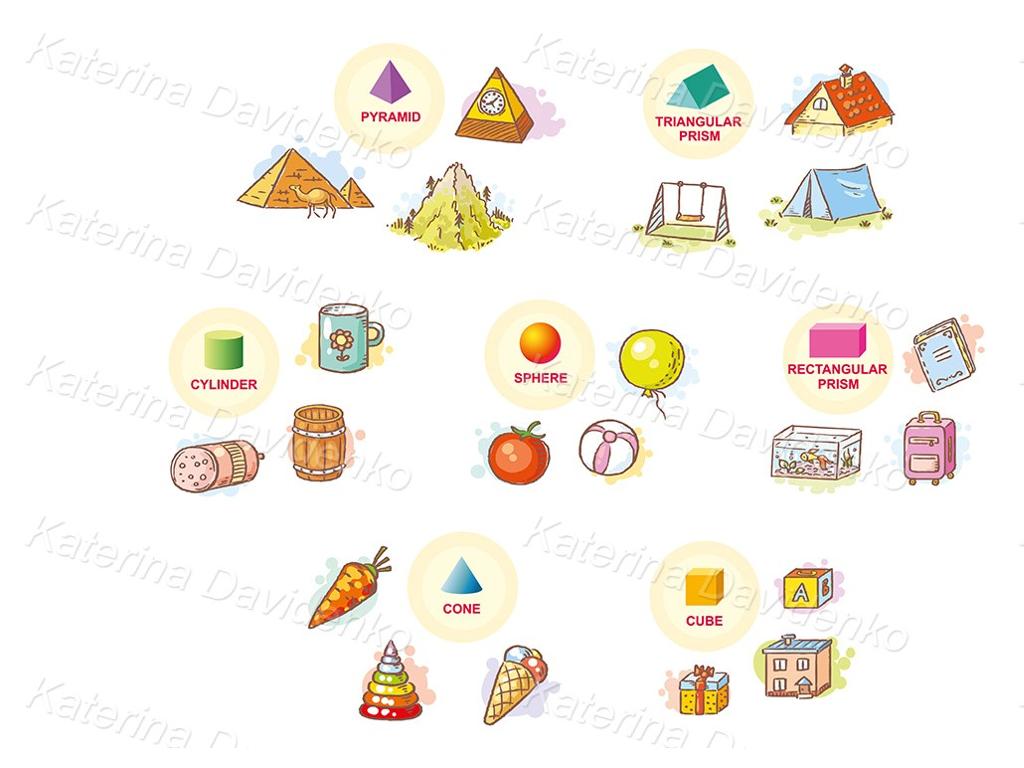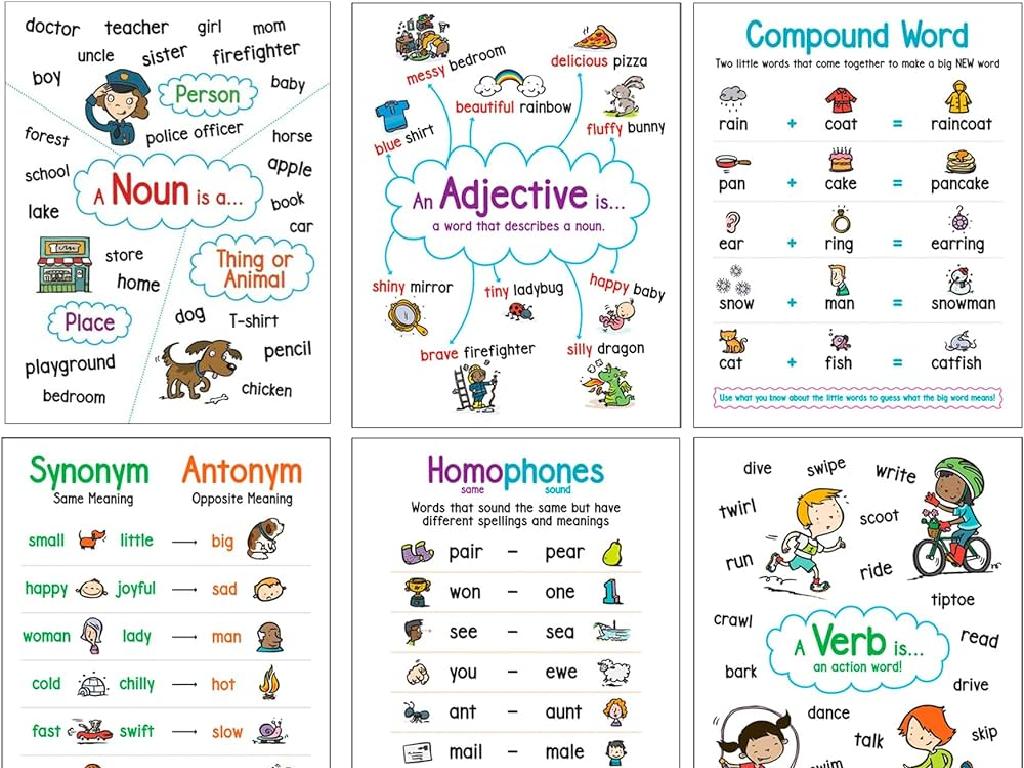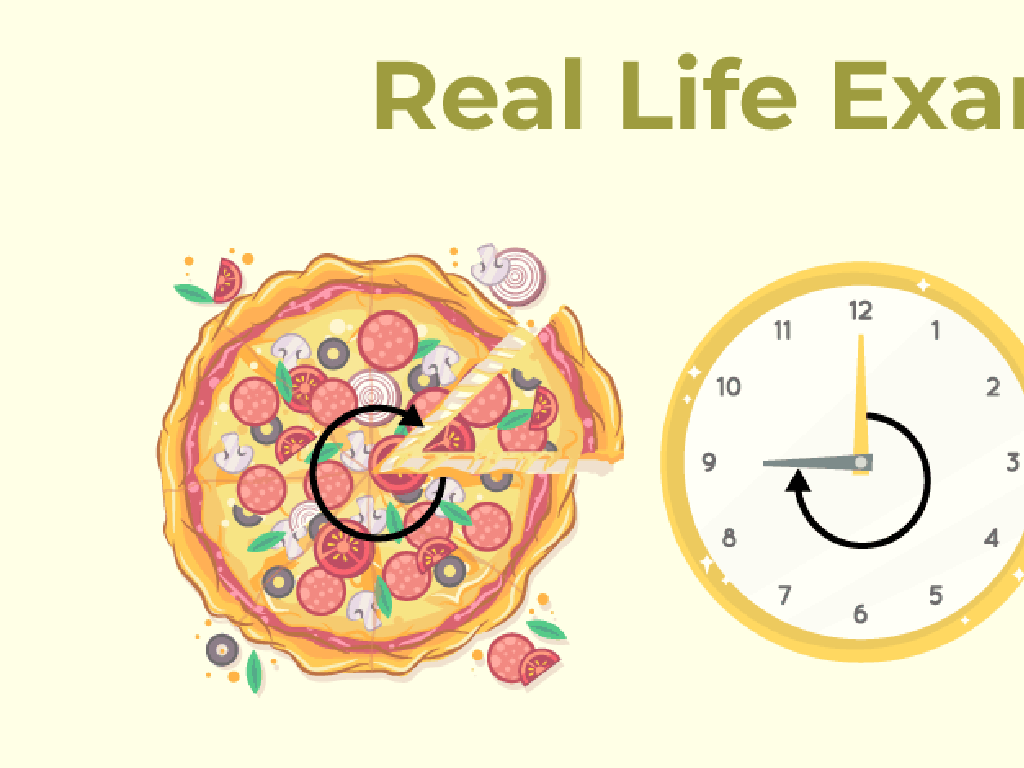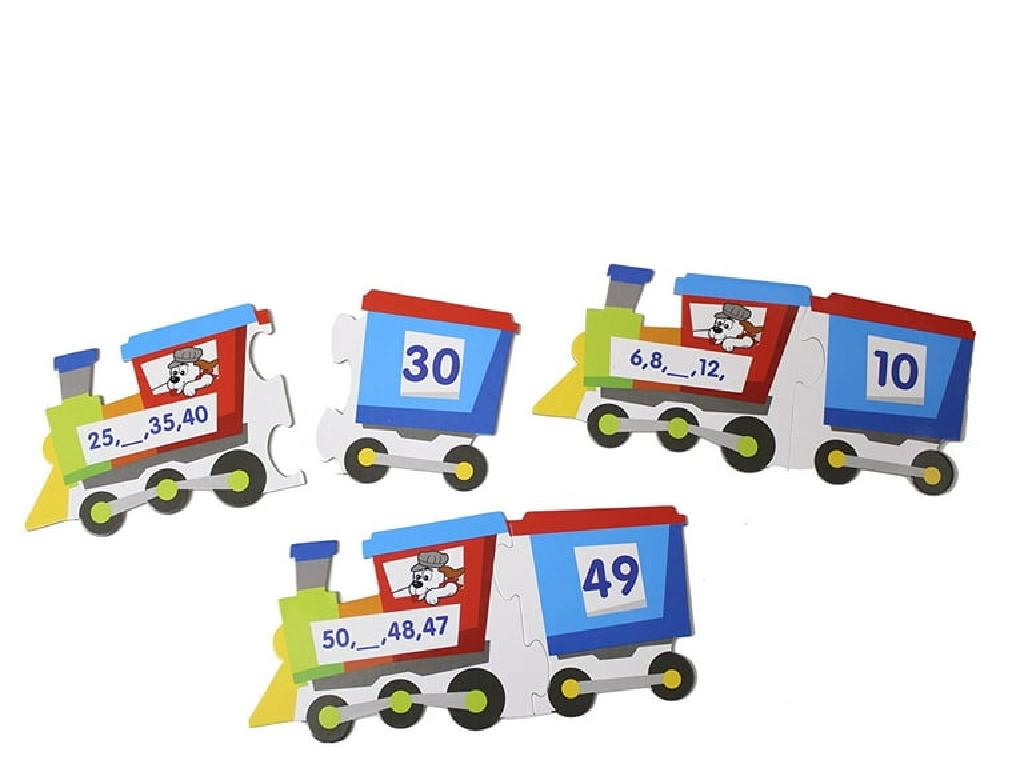Add Decimal Numbers
Subject: Math
Grade: Fourth grade
Topic: Add And Subtract Decimals
Please LOG IN to download the presentation. Access is available to registered users only.
View More Content
Introduction to Adding Decimals
– What are decimals?
– Decimals represent parts of a whole, like money.
– Importance of decimal addition
– Adding decimals is crucial for accurate calculations in everyday life.
– Real-world decimal usage
– Use decimals when dealing with money, measurements, and statistics.
– Practice with examples
– Let’s add 0.75 (3 quarters) and 0.25 (1 quarter) to make 1.00 (1 dollar).
|
Begin the lesson by explaining what decimals are and how they represent fractions of a whole, using relatable examples such as money. Emphasize the importance of learning to add decimals for accurate calculations in various aspects of daily life, including shopping, cooking, and managing finances. Provide real-life examples where decimal addition is used, such as adding up different amounts of money or combining measurements in a recipe. Conclude with a simple addition example to demonstrate the concept. Encourage students to think of other situations where they might need to add decimals. Prepare to guide them through more practice problems in the following slides.
Place Value Review: Adding Decimals
– Review ones, tenths, hundredths
– Ones are whole numbers, tenths are after the decimal point, and hundredths are the next position.
– Each place value’s role
– Knowing place values helps in aligning decimals correctly for addition.
– Activity: Identify place values
– Find the ones, tenths, and hundredths in numbers like 3.47 or 12.503.
– Understanding decimal addition
|
Begin with a quick recap of place values, emphasizing the ones, tenths, and hundredths places. Explain how each position affects the overall value of a number. For the activity, provide students with a set of numbers and ask them to label each place value. This will reinforce their understanding and prepare them for adding decimals. Ensure they understand the importance of aligning decimal points when adding. After the activity, discuss how this knowledge applies to adding decimals, setting the stage for the next lesson.
Aligning Decimals for Addition
– Why align decimals?
– Aligning ensures accurate addition
– Steps to align decimals
– Line up the decimal points, then add
– Let’s align decimals together
– We’ll do an example as a class
– Practice makes perfect
|
This slide is crucial for teaching students the importance of aligning decimal points before adding decimal numbers. Emphasize that proper alignment ensures accurate addition. Demonstrate the process step by step: write numbers in a column ensuring that all decimal points are lined up vertically, and then add as with whole numbers. For class practice, write several examples on the board and solve them together, guiding students through the process. Encourage students to ask questions and provide assistance as needed. For homework, assign problems that require decimal alignment to reinforce the lesson. Remember, consistent practice is key to mastering this skill.
Adding Decimals Step by Step
– Line up the decimal points
– Add numbers without carrying
– Just like adding whole numbers, but align the decimals
– Add numbers with carrying
– Sometimes you need to carry over, just like whole numbers
– Class Activity: Adding decimals together
– We’ll add decimals as a group and discuss our answers
|
This slide introduces the concept of adding decimal numbers, emphasizing the importance of aligning decimal points. Start by demonstrating addition without carrying to ensure students grasp the basic concept. Then, show examples with carrying over, which is similar to adding whole numbers. For the class activity, provide a set of decimal addition problems for the class to solve together. Encourage participation and use this as an opportunity to address common mistakes. Have a few students come to the board to solve problems and explain their thinking. This interactive approach helps solidify the concept and ensures that students are comfortable with both simple and complex decimal addition.
Adding Decimals: Practice Time
– Work on practice problems together
– Let’s solve some decimal addition as a class!
– Discuss strategies for decimal addition
– Line up the decimal points and add like whole numbers.
– Individual practice on decimal problems
– Try solving problems on your own to test your skills.
– Review and share solutions
– We’ll go over the answers and explain different methods.
|
This slide is focused on reinforcing the concept of adding decimal numbers through practice. Start by solving a few problems as a class to demonstrate the process. Emphasize the importance of aligning decimal points before adding. Discuss different strategies such as using place value or visual models like grids. Allow students to work on problems individually, providing a range of difficulties. Conclude by reviewing the problems as a class, encouraging students to share their strategies and solutions. This will help students learn from each other and understand different approaches to decimal addition.
Adding Decimals with Money
– Decimals in money transactions
– Every cent is a decimal: $1.25 means 1 dollar and 25 cents
– Example: Total cost calculation
– Add the price of each item to find the total cost
– Group Activity: Grocery addition
– Work together to add up different grocery item prices
|
This slide introduces students to the practical application of adding decimal numbers through the context of money transactions, which they may encounter in everyday life. Start by explaining that in money, decimals represent cents, with one dollar being equivalent to 100 cents. Show an example of adding the prices of different items to find a total cost, emphasizing the alignment of decimal points. For the group activity, provide a list of grocery items with prices and have students work in small groups to add the prices together. This will help them understand the importance of decimal addition in real-world scenarios like shopping. Make sure to have different price lists for each group to encourage individual practice. The activity should reinforce the concept that decimals are part of our daily lives, especially in financial transactions.
Class Activity: Decimal Addition Game
– Play a decimal addition board game
– Use your decimal addition skills
– Apply the steps we’ve learned to add decimals correctly
– Pair up and solve challenges
– Each pair will tackle problems to move ahead in the game
– Have fun and learn together
|
This interactive board game is designed to reinforce the concept of adding decimal numbers. Students will work in pairs, which encourages collaboration and peer learning. As they play, they will encounter various decimal addition problems that they must solve to progress in the game. Provide clear instructions on how the game is played, including how to move pieces on the board and how turns are taken. Prepare different sets of problems for each pair to ensure a comprehensive practice of the concept. Consider having a reward system for completing the game to motivate students. This activity will help solidify their understanding of decimal addition in a fun, engaging way.
Review: Adding Decimal Numbers
– Recap steps for decimal addition
– Line up the decimals, then add like whole numbers.
– Emphasize practice importance
– Regular practice solidifies understanding.
– Homework: Decimal worksheet
– Complete the provided worksheet to practice.
– Share tips for success
– Check work by estimating sums.
|
As we conclude today’s lesson on adding decimal numbers, it’s crucial to review the steps to ensure students are comfortable with the process. Remind them to align the decimal points and add as they would whole numbers. Stress the importance of consistent practice to master decimal addition. For homework, assign the decimal addition worksheet to reinforce today’s lesson. Encourage students to estimate their answers as a way to check their work. This will not only help them become more accurate but also faster in performing decimal calculations.

